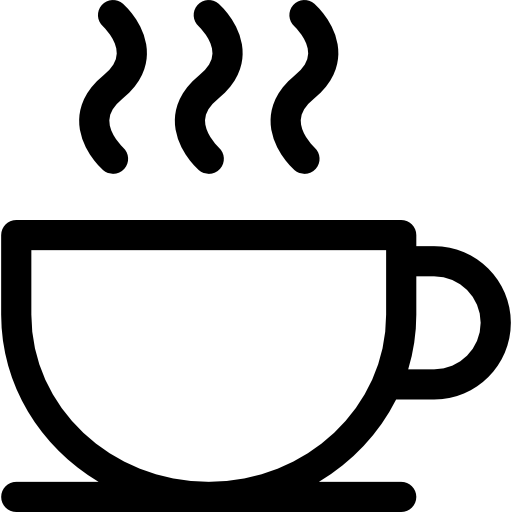
Scoping Session
Welcome to the Scoping Session for your project! This session is a crucial step in defining the scope, objectives, and deliverables of your project. We are here to understand your requirements in detail and provide you with the best possible solutions. Let's dive into the key aspects of this session:
- Project Overview: During this session, we will work closely with you to define the scope of your project. We will discuss your business goals, target audience, and any specific features or functionalities you want to incorporate into your project. This will help us gain a comprehensive understanding of your requirements and ensure that our solution aligns perfectly with your vision.
- Understanding Your Needs: Our team will actively listen to your requirements and ask relevant questions to gain deeper insights. We want to understand your business objectives, challenges, and the problems you are looking to solve through this project. This collaborative process allows us to tailor our solutions to your specific needs, ensuring that the end result exceeds your expectations.
- Identifying Key Deliverables: During the scoping session, we will identify the key deliverables for your project. This includes defining the specific functionalities, features, and design elements that need to be incorporated. By clearly defining the deliverables, we can provide you with accurate timelines, cost estimates, and project milestones, ensuring a smooth and transparent development process.
- Technical Feasibility Assessment: Our team will assess the technical feasibility of your project during the scoping session. We will evaluate the compatibility of your requirements with the available technologies and resources. If there are any limitations or challenges, we will discuss them with you and suggest alternative solutions to achieve your desired outcomes.
- Project Timeline and Milestones: Based on the scope of your project, we will work with you to establish a realistic project timeline. This timeline will include key milestones, such as design approval, development phases, testing, and deployment. Our goal is to ensure that your project is completed within the agreed-upon timeframe, while maintaining the highest quality standards.
- Communication and Collaboration: Effective communication and collaboration are vital for the success of any project. We will establish clear lines of communication and discuss the preferred methods of collaboration, such as regular meetings, progress updates, and feedback sessions. This ensures that you are actively involved throughout the project lifecycle and have full visibility into the progress being made.


